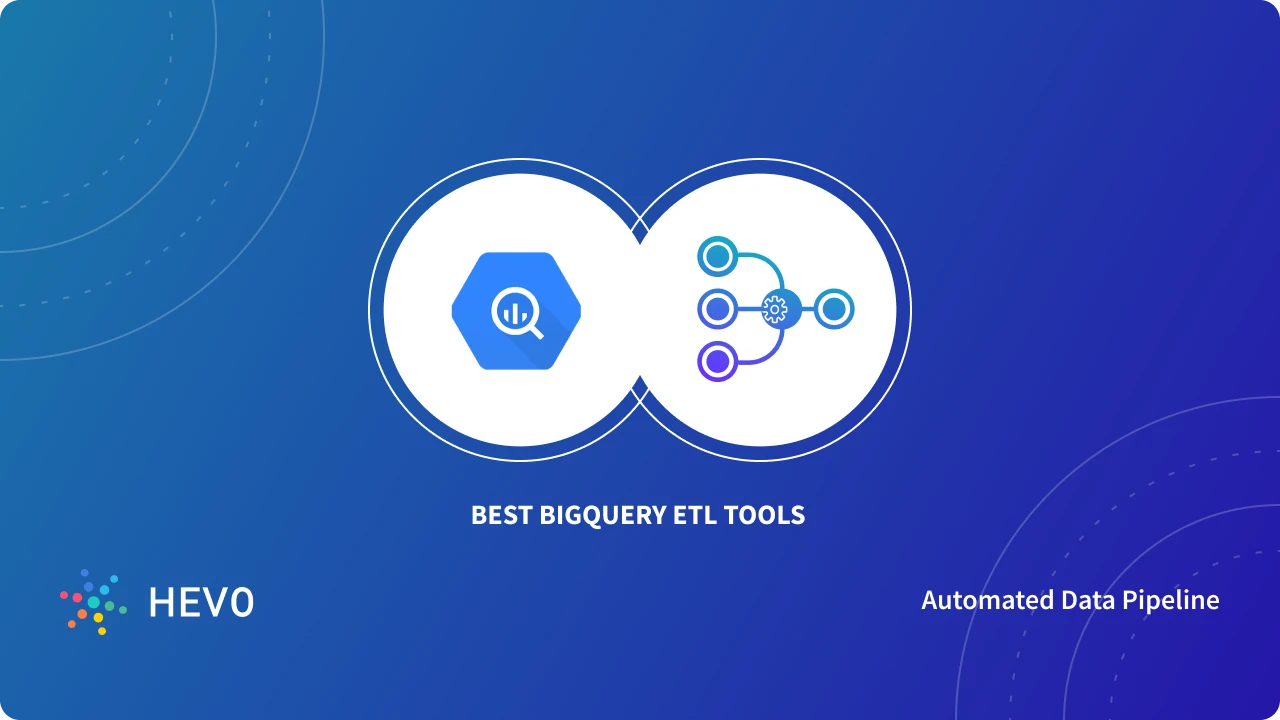In the modern data-driven landscape, organizations are constantly seeking ways to leverage the power of scalable analytics platforms to derive valuable insights from their data. BigQuery, Google Cloud’s fully managed and highly scalable data warehousing and analytics solution, has gained significant popularity due to its ability to handle massive datasets and perform complex queries with exceptional speed. For organizations currently utilizing MySQL as their relational database management system, migrating to BigQuery can unlock new possibilities for data analysis. In this article, we will explore the process of migrating from MySQL to BigQuery and highlight the benefits of leveraging BigQuery for advanced analytics.
Understanding MySQL and BigQuery
MySQL is an open-source relational database management system widely used for various applications, ranging from small-scale projects to large enterprise systems. It offers robust data storage, transactional capabilities, and a mature ecosystem of tools and libraries.
BigQuery, on the other hand, is a cloud-native analytics database built to handle vast amounts of structured and semi-structured data. It offers a serverless architecture, automated scaling, and advanced querying capabilities, making it suitable for handling complex analytical workloads.
Migrating from MySQL to BigQuery
Data Extraction: The migration process begins with extracting data from the MySQL database. You can use various methods such as exporting data to CSV files, using database connectors, or leveraging data integration tools to extract the required data.
Data Transformation: Once the data is extracted, it needs to be transformed into a format suitable for BigQuery. This may involve mapping MySQL data types to BigQuery equivalents, ensuring data consistency, and handling any necessary data cleansing or restructuring.
Data Loading: The transformed data can be loaded into BigQuery using multiple methods. BigQuery provides several options, including loading data from CSV or JSON files stored in Cloud Storage, streaming data in real-time using the BigQuery API, or utilizing data transfer services such as Cloud Data Transfer Service.
Schema Design: BigQuery utilizes a schema-on-read approach, allowing flexibility in data exploration. However, defining a well-structured schema can enhance query performance. Consider optimizing the schema design by leveraging BigQuery’s nested and repeated fields for denormalized data structures, partitioning tables for efficient querying, and clustering tables based on common column values.
Query Migration: Once the data is loaded into BigQuery, you can start migrating your existing MySQL queries to BigQuery’s SQL dialect. While BigQuery supports ANSI SQL, there may be adjustments required to optimize queries and take advantage of BigQuery’s unique features such as table partitioning, clustering, and user-defined functions.
Benefits of Migrating to BigQuery
Scalability and Performance: BigQuery’s serverless architecture and automatic scaling allow you to handle massive datasets and perform complex queries with exceptional speed. It eliminates the need for infrastructure management, ensuring resources are available when needed.
Cost Efficiency: BigQuery follows a pay-as-you-go pricing model, offering cost efficiency by charging only for the storage used and the amount of data processed. It eliminates the need for upfront hardware investments and enables organizations to scale their analytics capabilities without significant upfront costs.
Advanced Analytics Capabilities: BigQuery provides powerful analytical capabilities, including support for nested and repeated fields, advanced SQL functions, machine learning integration, and easy integration with other Google Cloud services like Dataflow, Dataproc, and AI Platform.
Data Ecosystem Integration: BigQuery seamlessly integrates with other Google Cloud services and tools, enabling a holistic data ecosystem. It can be combined with services like Cloud Storage, Cloud Dataflow, or AI Platform to create end-to-end data pipelines and perform advanced analytics workflows.
Data Collaboration: BigQuery allows multiple teams or users to collaborate on the same datasets simultaneously. It provides granular access controls, ensuring data security, and offers features like table snapshots and time travel, allowing you to analyze data at different points in time.
Conclusion
Migrating from MySQL to BigQuery opens up new possibilities for organizations to harness the power of scalable analytics and advanced data processing. By seamlessly transitioning data to BigQuery, organizations can take advantage of its serverless architecture, automatic scaling, cost efficiency, and advanced analytical capabilities. The migration process involves extracting data from MySQL, transforming it to fit BigQuery’s schema, loading it into BigQuery, and migrating queries to take advantage of BigQuery’s SQL dialect and unique features. Embracing BigQuery empowers organizations to tackle complex analytics workloads, derive valuable insights, and unlock the potential of their data to drive informed decision-making and innovation.
- How to Prepare for a Cyber Security Job Interview - June 15, 2023
- Unblocked Games: Unlocking Fun and Learning Without Restrictions - June 14, 2023
- The 10 Principles of Insider Risk Management - June 14, 2023

